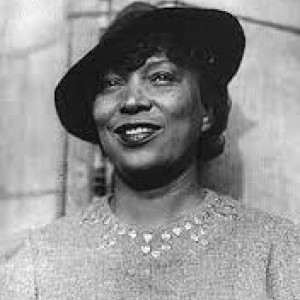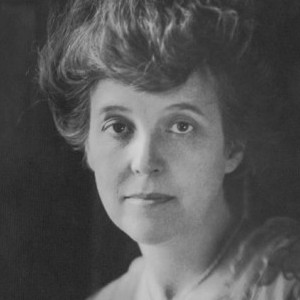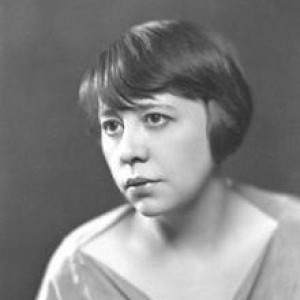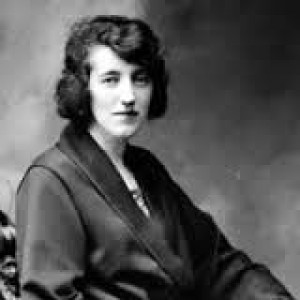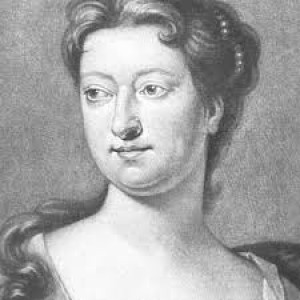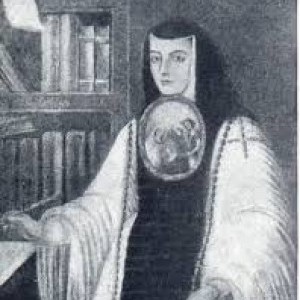Three Sisters Who Are Not Sisters
About the Play
1943, score added 1968
July 24, 1971, at Temple University
3 women, 2 men
Fantasy, Opera,
One-Act
Available through publisher Boosey and Hawkes
Summary
In this surrealist, non-linear opera (which began as a play), three “not” sisters and two biological brothers suffer from acute boredom, which they choose to alleviate by playing a game of murder. Inventively using the lights to turn the game into a true murder mystery for the audience, the first blackout reveals that the character Sylvester is dead. Jenny wakes from a nap to find Sylvester’s corpse, and to uncover Helen’s corpse. Samuel enters, dressed as a policeman, but the lights go out. When they come back on only Jenny remains on stage. Samuel comes on stage looking for his next victim, and Jenny hides under the bed. Ellen comes on stage, and Samuel hides. The lights go off and on, and Ellen is the next victim. Samuel then returns and attacks Jenny, who kills him. The lights go off, and the voices of all five characters are heard in the darkness. When the lights come back, they are as they were at the beginning, and Jenny tells all of them it is time to go to sleep.
Background
Three Sisters was a libretto that did not meet its composer until decades after Stein’s death. Not often performed, it is difficult to articulate the precise role the piece plays within the larger context of Steins prolific career; she wrote over 75 plays between 1913 and her death in 1946, in addition to her many books. Like most of the plays in Stein’s extensive canon, Three Sisters Who Are Not Sisters demonstrates Stein’s modernist style. She shows her tendency to abandon traditional dramatic conventions, such as clear characters, dramatic structure, and straightforward prose. Instead, she uses the familiar theme of the “whodunit” to create a dark and abstract depiction of gender relations, our obsession with crime, and the ominousness beneath the base and primitive instincts of humankind.
American author and composer, Ned Rorem, has turned to Stein’s writing more than once in his career. He incorporated Stein’s famous line “A rose is a rose is a rose is a rose ” from the poem Sacred Emily, into one of his Six Sacred Songs. Then in 1968, Rorem wrote the one-act opera Three Sisters who are not Sisters using Stein’s play, which she penned in 1943. In his New York Times review, Bernard Holland remarked, “[Rorem’s] music successfully explains a literary art in which form is everything and matter matters little.”
http://www.operaamerica.org/applications/nawd/newworks/details.aspx?id=1195
https://www.theguardian.com/stage/theatreblog/2009/jun/12/gertrude-stein
http://www.poetryfoundation.org/poems-and-poets/poets/detail/gertrude-stein
https://www.poets.org/poetsorg/poet/gertrude-stein
https://en.wikipedia.org/wiki/Gertrude_Stein#Legacy_and_commemoration
https://www.amazon.com/Last-Operas-Plays-PAJ-Books/dp/0801849853
http://www.newyorker.com/books/page-turner/understanding-steinese



